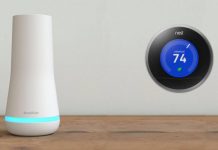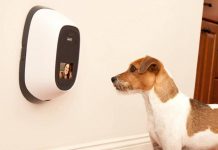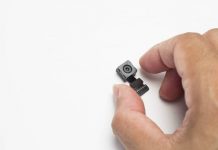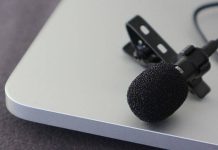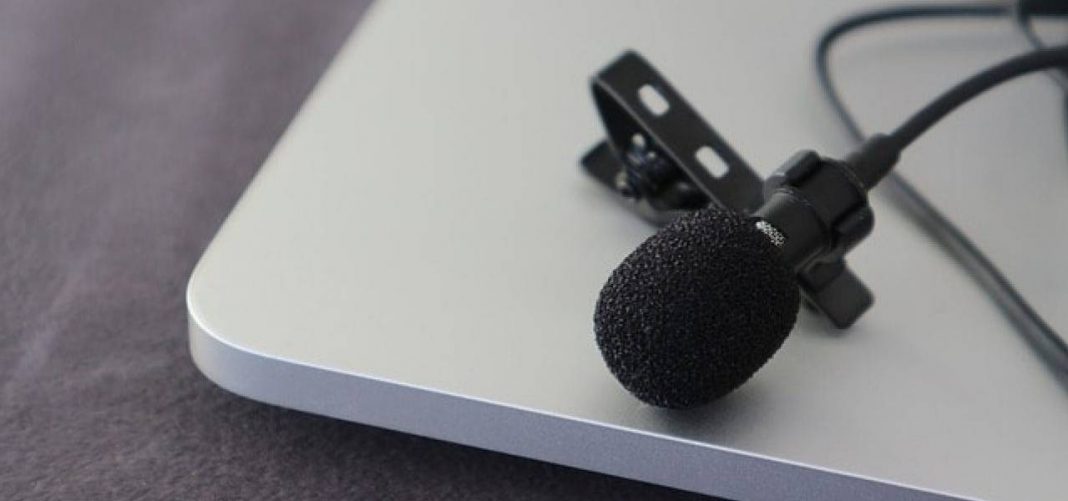UPDATED February 10, 2022 This piece has been updated to reflect the emergence of new technology


Christian Mathews Security Writer
Do you suspect someone is spying on you? Your instinct may be to start with a hidden microphone detector app. Well, you’re not alone. Only a worrying 6% of Americans believe their information is secure. 64%-79% of Americans believe they’re being surveilled by companies or the government. This is according to data from Pew research.
Despite efforts by the government and companies to deny these allegations, revelations by Edward Snowden prove otherwise.
No one is safe from surveillance. As evidenced by revelations made in September 2013 that Brazil’s president, Rousseff’s private communication had been monitored by the NSA.
Additionally, you run the risk of being surveilled by business competitors, spouses and private investigators they may hire.
You can do very little to prevent surveillance from governments or large corporations. However, you can minimize the threat vectors posed by others.
This is what you can expect to be addressed in this article.
Read on to learn more on counter-surveillance measures you can perform, such as:
- Conducting a physical search for surveillance equipment
- Searching for electrical and RF signals using a hidden microphone detector app
1Conducting a physical search
Look and listen
How can I sweep my house for listening devices? This is the first step towards finding hidden microphone / surveillance devices. Whether it is your hotel room, office or home, start by looking for any suspicious items. Something may seem out of place. The teddy bear or wall clock may seem a bit out of place or it may just seem different.
Find items that are not supposed to be there or maybe you don’t even remember having them in the first place.
Turn your attention to the entire room/house. Look out for any deformations on the wall, any discolorations on the paintwork, any cracks on the wall, etc. A hole may have been drilled into the wall, the bug installed and the paint was redone; but in most cases, the change will be easily noticeable if you look carefully.
This also applies to your car. Try to look for anything that seems out of place. There could be a blinking light on your car’s dashboard that wasn’t there before. Alternatively, something can be attached to the car (mostly on the chassis, or the bottom of the car).
Whatever you find odd, investigate further. This may mean prying the device from your car if you’re certain it’s foreign. Inspect your appliances for anything that is attached to them. Additionally, you may need to chisel through the deformity on your wall.
Bugs are installed in common appliances you wouldn’t suspect. These include smoke detectors, light bulbs or even door stoppers. It’s always worth a try checking to ensure none of these appliances have been tampered with. If that happens to be the case, there is the likelihood someone installed a bug on them.
Next. Listen for any suspicious sounds. This could be incessant buzzes or beeps. You’ll need to switch off other appliances or even your car’s engine to hear better. Just as when you see any suspicious item, whenever you hear a suspicious sound, investigate further for hidden microphone surveillance.
In addition to your safety checks you can find a reliable bug detector device on Amazon with fast shipping!
Hidden Microphone Detector – Anti Spy RF-Bug-GPS
Look at your device’s data metrics
Remember to check data usage metrics on your devices. Most listening devices are physical. However, many forget that their own mobile devices can be used as listening devices too.
Similarly, most surveillance bugs rarely store data locally. Rather, data collected by the listening device is sent to the owner of the bug. To do this, the bug/listening device should have a way of transmitting this data to the owner of the bug. A wired connection is unfeasible in a covert approach. Therefore, most bugs utilize the internet to transmit the data.
For this reason, checking your mobile phone for unusual data traffic as well as your router can provide insight. You can check whether your internet connection is used by bugs. Some bugs however utilize their sim card or some other internet connection to avoid detection.
In cases like this, scan for strong Wi-fi connections that aren’t your own. Additionally, that you know are not of neighbors. We’ll get to how you can detect such bugs shortly.
Look at your power sources
There are battery-powered bugs out there and they could be used against you. However, for purposes of sustained surveillance, a large percentage of bugs have to be connected to a power source. For this reason, watch out for any suspicious cables lying around the house or even in your car.
If possible, follow these cables to where they lead, you may find a listening device at the end. Also, always look out for any stray electrical wires/cables from conduits in your wall, floor, or ceiling. Ensure these wires/cables lead to where they’re meant to, i.e. to a bulb, socket, and not a hidden listening device.
2Search for electrical and Radio Frequency signals
A visual inspection usually won’t yield much, in detecting listening devices/bugs. A more thorough sweep for electrical and radio frequency signals may be necessary. This is true if you want to uncover hidden surveillance bugs that are not found in the visual inspection.
You could hire security professionals to conduct a sweep for you or you could opt to do it yourself. However, you will need to have the right tools.
For a start, you could use a radio frequency detector to check for any suspicious transmissions. You must turn off all your wireless devices before starting the sweep. Most bugs transmit within the 10MHz-8MHz range. And most frequency detectors can detect frequencies in this range. There also other frequency detectors that can scan a wider range of frequencies than this. It’s just that they’re a bit costly.
Once you have the frequency detector, proceed to sweep through every part of your house, clearing different sections methodically. You can also use the device to check for bugs in your clothes, shoes, or your car. The best part about this is most frequency detectors feature a visual or sound feedback system. Whenever you get close to a bug you get a visual graphical reading or beeping sounds that intensify.
You can also use advanced devices like the NLJD (Non-Linear Junction Detector) which can detect semi-conductors. Some advanced frequency detectors can even detect or scan for laser beams. Additionally, even micro-wave transmissions which are harder to detect.
Using phone applications
Applications like Glint finder for Android phones and Spy Hidden Camera Detector for IOS are examples of a hidden microphone detector app. They utilize a smartphone’s camera and flash lighting to look for any hidden camera/ video recording devices.
Smartphone cameras capture light that otherwise can not be seen with the human eye. There are other applications out there claiming to be able to detect hidden listening bugs.
While this can’t be confirmed to be true, many detect with a 50% accuracy. The best choice would be to make use of detectors made for the sole purpose of detecting listening devices and hidden cameras.
3Conclusion
No you know what to do before using your hidden microphone detector app. While there are many methods and detectors to find hidden listening devices/bugs, it is important to note that many of these bugs are built to evade detection.
The safest and best practice is to conduct counter-surveillance sweeps regularly. If possible, let security professionals do it (but it may not be possible, especially when you can’t trust anyone), finally never rely on a single method or detector.









